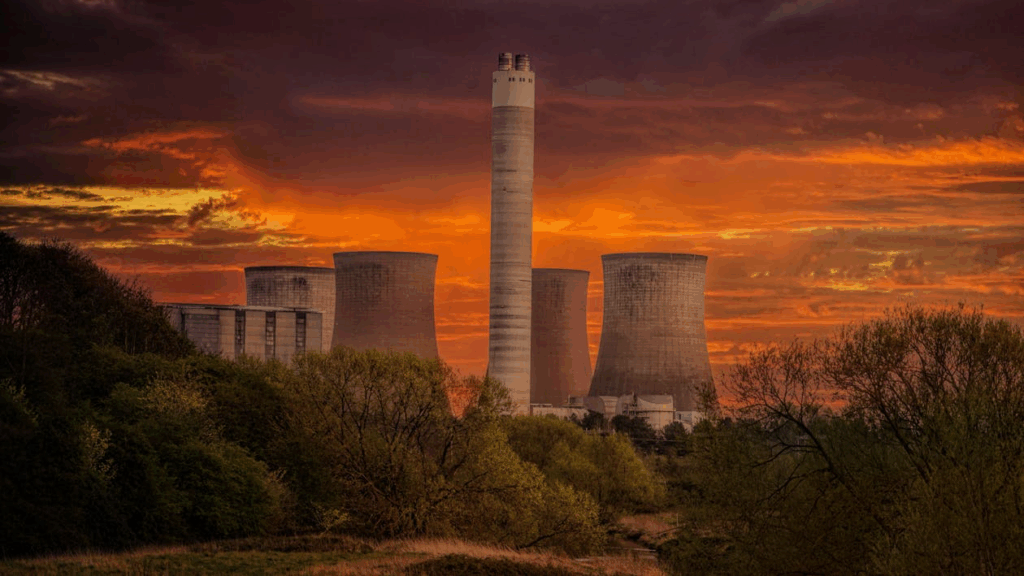Experts Break Down How Far You’d Need To Be To Survive A Nuclear Blast

How to Survive a Nuclear Blast
Heat moves more slowly than light. Flash blindness can occur up to 21 kilometres (13 miles) distant on a clear day. Due to pupil dilation, that range rises to 85 km (53 miles) at night. To be impacted by the blast, you wouldn’t have to witness it.
It’s not a gentler shockwave. Winds can reach above 255 kilometres per hour (158 mph) within a 6-kilometer (3.7-mile) radius, which is powerful enough to topple buildings and knock people off their feet. Nearer, air pressure is sufficient to crush most structures, and speeds approach 750 km/h (466 mph). You could still be killed by flying debris or collapsing structures even if you are technically far enough away to survive the heat.
The radiation follows. Toxic particles from a ground-level explosion can travel hundreds of kilometres in fallout, poisoning the air, water, and soil. The Mariana Trench contains remnants of nuclear testing conducted during the Cold War. This crap spreads that far.
You may survive the initial impact if you are fortunate enough to be indoors, upwind, and more than 30 to 40 kilometres (18 to 25 miles) away from the blast. However, that is only the start. According to a 2019 scenario, a major nuclear conflict may quickly lead to a nuclear winter that would cover the whole planet.
Over 12,000 nuclear warheads remain in existence. No, this isn’t only scholarly. Distance won’t protect you if something goes off. However, it could buy you some time.



